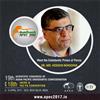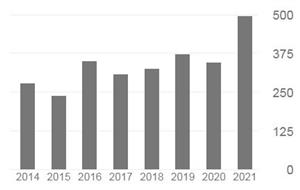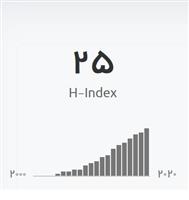Epinephrine-Entrapped Chitosan Nanoparticles Covered by Gelatin Nanofibers: A Bi-Layer Nano-Biomaterial for Rapid Hemostasis
Abstract
Uncontrolled hemorrhage accounts for significant death risk both in trauma and surgery. Various bleeding control techniques have been emerged to augment hemostasis, which still has several limitations and drawbacks. In this study, epinephrine-entrapped chitosan nanoparticles were electrosprayed on a base pad and covered by a gelatin nanofiber layer (E-CS-Gl. Physico-chemical characteristics, hemocompatibility, cytotoxicity, and blood coagulation tests were studied in-vitro, and blood coagulation and hemostasis potential tests were performed in-vivo. The in-vitro results showed that the prepared nano-biomaterial is cytocompatible against HuGu cells. Also, hemocompatibility studies showed that PT and aPTT times did not change in comparison with the controls. Further blood coagulation study indicated that E-CS-Gl provides an ultimate interface to induce red blood cell absorption and aggregation, resulting in augmented blood coagulation. E-CS-Gl also caused rapid clotting in rat models of ruptured femoral artery and liver compared to controls. Findings exhibited that E-CS-Gl is a safe and effective hemostatic agent and provides a new approach for fast and safe hemorrhage control.
Keywords: Epinephrine, Electrospray, Electrospinning, Hemostasis, Biocompatibility, Chitosan, Nanoparticles.














